To ensure a good harvest next year, it is necessary to properly prepare the soil for winter. The soil should be dug up and fertilized.
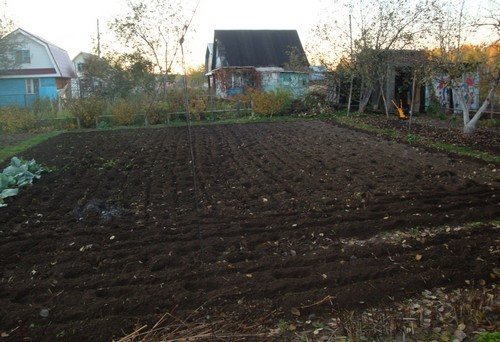
Why do you fertilize the soil in the fall?
After harvesting, there are practically no nutrients left in the soil. To form a fruit, the plant takes potassium, nitrogen and phosphorus from the ground. This deficit needs to be filled.
Fertilizers applied in the fall acquire the necessary structure for the plant in the soil. In the spring, they begin to use them immediately, rather than waiting until they reach the desired form. Autumn fertilizers will speed up the formation of the crop.
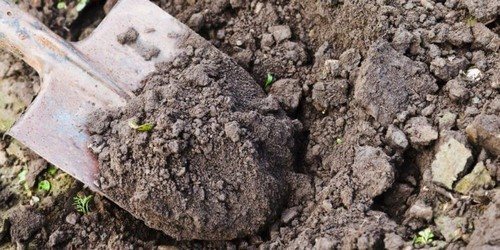
Stages of soil preparation
First, the area is cleared of weeds. If they are free of disease, they can be placed on the compost heap. If diseases are present, the weeds must be burned outside the garden. The rotted compost is then added to the soil along with chalk and lime.
The soil freed from weeds is fertilized:
- urea - 20-25 g;
- superphosphate - 20 g;
- potassium chloride - 20 g.
You can also add about 5 kg of rotted manure, 3-4 kg of humus and 270 g of wood ash to a one square meter plot.
Sand is added to clay soil. One square meter will require half a bucket of sand and the same amount of compost. This will make the soil looser and more fertile. If, on the contrary, it is sandy, then add:
- bucket of clay;
- rotted compost - 5 kg;
- leaf humus - 3 kg;
- bucket of sawdust.
The latter must be rotted, otherwise acidification of the soil will occur.
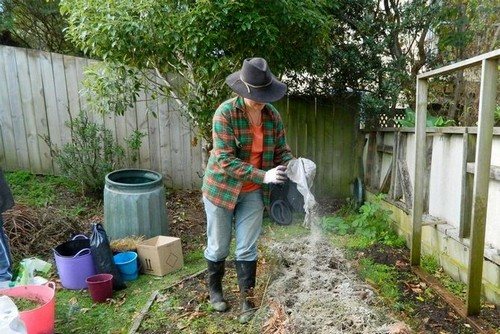
Digging up a plot of land
Digging in the autumn is done in two ways:
- Dumpless. In this case, the soil is not turned over or broken. This method allows you to preserve the natural microflora.
- Otvalny. In this case, the lump is turned over. Weeds go into the ground and rot, and insects end up outside and die.
When digging in autumn, the soil is not broken up. When the snow melts, the ball will be saturated with moisture, so it will crumble on its own. You can dig with both a pitchfork and a shovel. To prepare the soil for winter, choose dry, sunny days. After the rains, the soil becomes too dense.
Important! You should not use a shovel if there are a lot of worms in the area. This will disrupt their livelihoods, but it is earthworms that create humus.
If early crops are sown in the spring, the soil is dug up to a depth of no more than 15 cm. This way the soil will dry out faster.
After digging, you can create beds up to 20 cm high. Already in the spring you can sow seeds and plant seedlings in them.
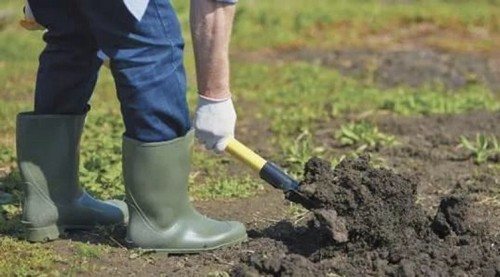
Tips from summer residents
- In the autumn, it is recommended to add rotted horse manure to the soil. It improves the composition of the soil. Don't put it in too deep, so it won't decompose.
- Liming should be carried out in the fall, once every 5 years. This increases soil fertility and promotes its deoxidation.
- You can also use green manure. After harvesting, peas, mustard or sweet clover are sown. After germination they are mixed with soil. Additionally, you can add onion or garlic peels to the soil.
- Improve soil fertility and food waste.You can add tea, eggshells, bread and whey to the soil.
- Once every 4 years, the soil in the garden should be replaced with new one. It is taken from flower beds, fields or forests.
- After the beds have been fertilized and dug, they can be covered with mulch. Dry leaves, grass or sawdust will do. The top is covered with paper or cardboard. Mulch will enrich the soil with useful substances of organic origin.



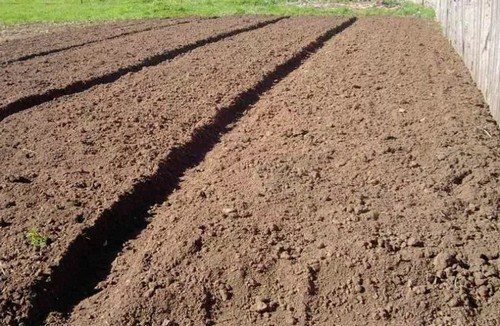
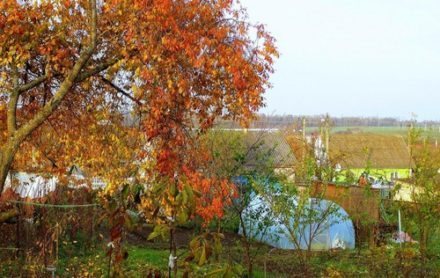
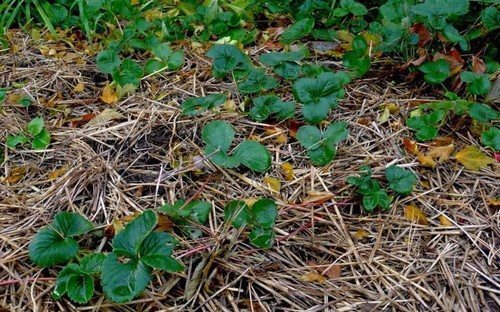
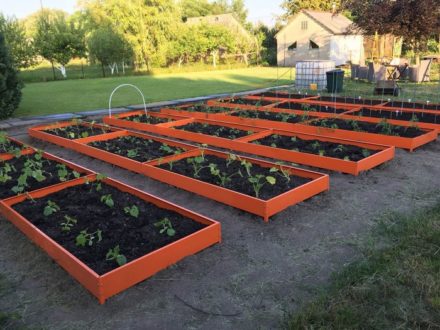
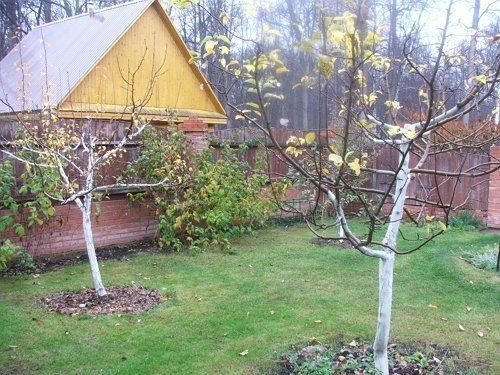
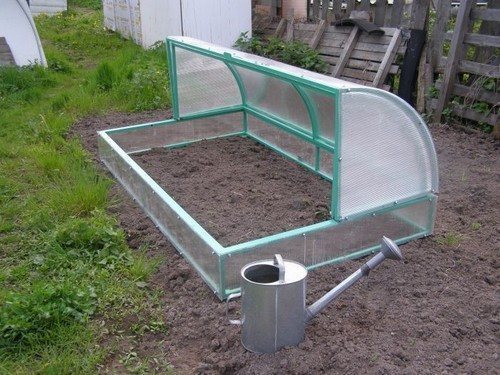

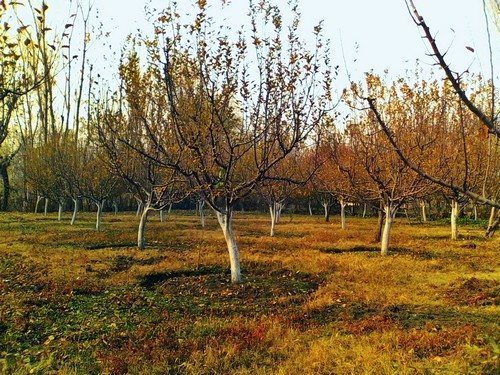


Thanks for the advice - all are worthy of attention